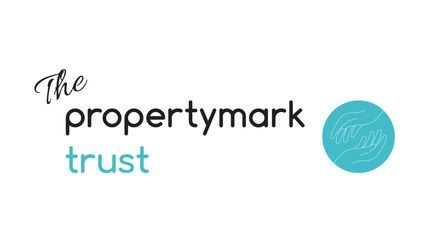
From April 2023 onwards, the National Insurance contributions rates will decrease back to 2021/22 tax year levels and will be replaced by a new 1.25 per cent Health and Social Care Levy.
Who will be affected
Employers, employees and the self-employed who are liable to pay National Insurance contributions and individuals that would be liable to pay National Insurance contributions were it not for pension age restrictions. Individuals who only pay Class 2 and Class 3 National Insurance contributions will not be affected.
This measure provides for a temporary point increase to both the main and additional rates of Class 1, Class 1A, Class 1B and Class 4 National Insurance contributions.
Individuals above State Pension age will not be affected by the temporary increase to National Insurance contributions for the 2022 to 2023 tax year but will be liable to pay the levy from April 2023.
The new Health and Social Care Levy will be subject to the same reliefs, thresholds, and requirements of the qualifying National Insurance contribution (Class 1, Class 1A, Class 1B or Class 4) in respect of which the Levy is payable.
The new levy will be shown separately on each employee’s payslip.
How much will it cost?
As an example, ff an individual earns £25k pa – it will cost an extra £189 per annum (£25,000 - £9,880 [this is the primary threshold] = £15,120.00 divided by 12 months = £1,260.00 per month where NI is due x 13.25 per cent = 166.95 NI EE’s.
Previously it would have been £1,260.00 x 12 per cent = £151.20 so this is an increase of £15.75 per month.




